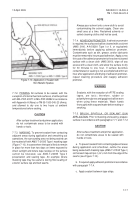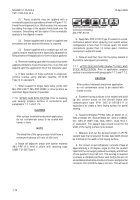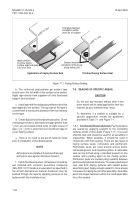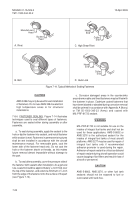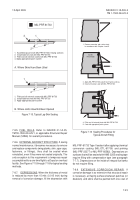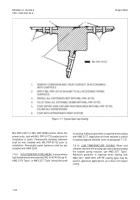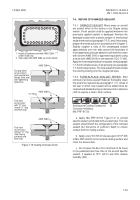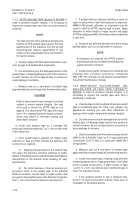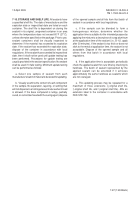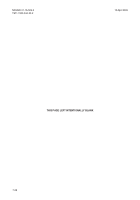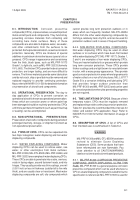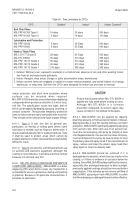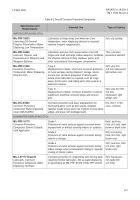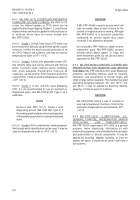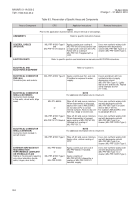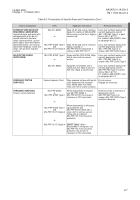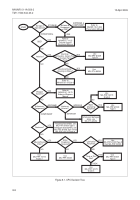TM-1-1500-344-23-2 - Page 143 of 240
NAVAIR 01-1A-509-2
TM 1-1500-344-23-2
15 April 2009
7-10. STORAGE AND SHELF LIFE.
All sealants have
a specified shelf life. The date of manufacture and the
expiration date or inspect/test date are listed on each
container. The shelf life is dependent on storing the
sealant in its original, unopened container in an area
where the temperature does not exceed 60
°
F (27
°
C),
unless otherwise specified on the package. Prior to use,
sealant containers shall be visually inspected to
determine if the material has exceeded its expiration
date. If the sealant has exceeded the expiration date,
dispose of the container in accordance with local
regulations. If the sealant has exceeded its inspect/test
date, then it shall not be used until update testing has
been performed. Procedures for update testing are
usually provided in the sealant specification. No sealant
shall be used if it fails testing. Minimum update testing
can be performed as follows:
a. Select one sample of sealant from each
manufacturer’s batch of material to be tested for updating.
b. Visually examine the content of each component
in the sample. No separation, layering, or settling that
will not disperse to a homogeneous mixture when mixed
is allowed. If the base compound is lumpy, partially
cured, or cannot be mixed with the curing agent, dispose
of the opened sample and all kits from that batch of
sealant in accordance with local regulations.
c. If the sample can be blended to form a
homogeneous mixture, determine whether the
application time is suitable for the intended purpose by
applying the mixture to a clean piece of scrap aluminum
at the application time of the sealant (i.e., B-1/2, apply
after 30 minutes). If the sealant is too thick or does not
stick to the metal at application time, the sealant is not
acceptable. Dispose of the opened sample and all
others from that batch in accordance with local
regulations.
d. If the application time is acceptable, periodically
check the applied sealant for cure time by checking its
hardness. The batch of sealant represented by the
applied sealant can be extended if it achieves
approximately the same hardness as sealants which
are not overaged.
e. This updating process may be repeated for a
maximum of three extensions (
1
⁄
2
original shelf life,
1
⁄
3
original shelf life, and
1
⁄
6
original shelf life). Affix an
extension label to the container in accordance with
FED-STD-793.
7-27/(7-28 Blank)
Back to Top

